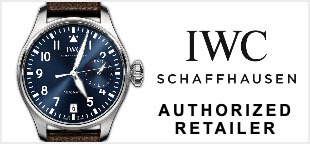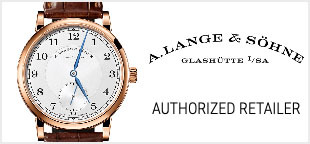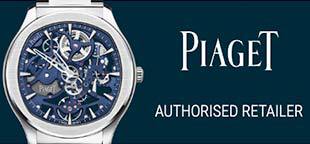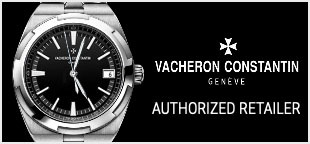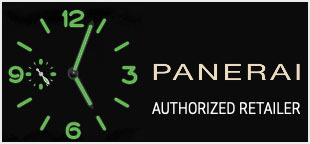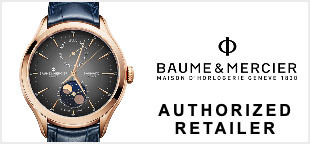The reasons for buying diamonds are as different as the people who desire them. Through the years, diamonds have provided fulfillment for emotional and practical needs. They are sought after gifts, status symbols, tokens of romance, and even long-term investments. Most of all, the physical character of a diamond is unparalleled in the natural world and more unique than any other gemstone.
Download the Guide
